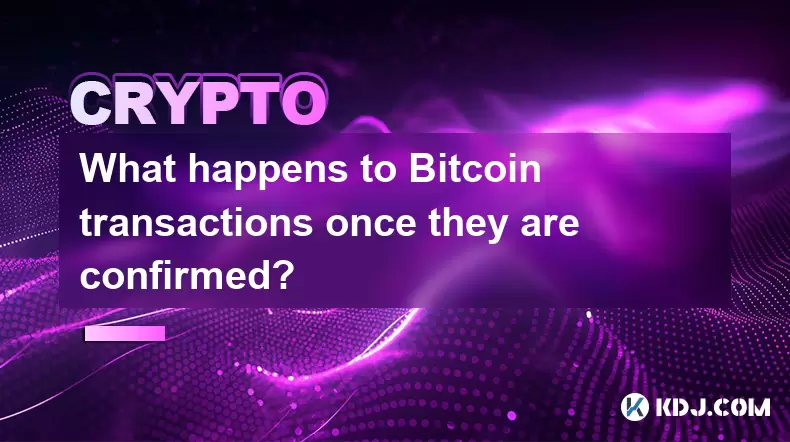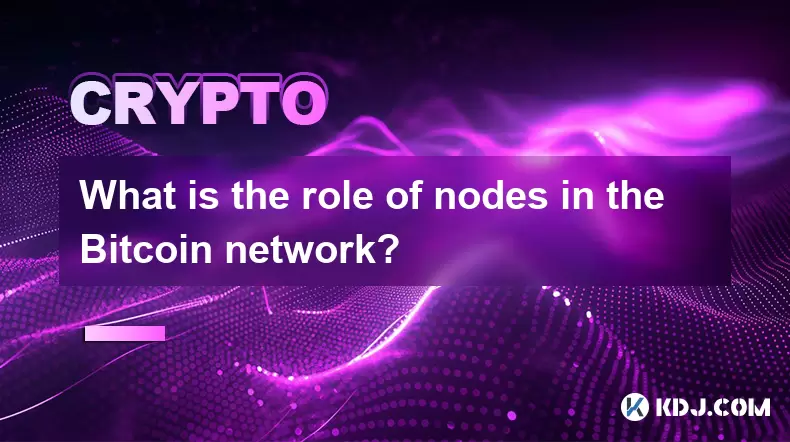-
 Bitcoin
Bitcoin $116700
0.24% -
 Ethereum
Ethereum $3973
4.34% -
 XRP
XRP $3.283
7.68% -
 Tether USDt
Tether USDt $1.000
0.01% -
 BNB
BNB $789.8
2.27% -
 Solana
Solana $176.2
3.31% -
 USDC
USDC $0.9999
0.00% -
 Dogecoin
Dogecoin $0.2238
5.14% -
 TRON
TRON $0.3389
-0.51% -
 Cardano
Cardano $0.7907
4.03% -
 Stellar
Stellar $0.4527
10.02% -
 Hyperliquid
Hyperliquid $41.07
4.27% -
 Sui
Sui $3.794
1.77% -
 Chainlink
Chainlink $19.49
10.40% -
 Bitcoin Cash
Bitcoin Cash $580.9
0.74% -
 Hedera
Hedera $0.2617
4.32% -
 Avalanche
Avalanche $23.41
3.67% -
 Ethena USDe
Ethena USDe $1.001
-0.03% -
 Litecoin
Litecoin $122.4
1.38% -
 Toncoin
Toncoin $3.364
1.49% -
 UNUS SED LEO
UNUS SED LEO $8.988
0.37% -
 Shiba Inu
Shiba Inu $0.00001295
2.82% -
 Uniswap
Uniswap $10.62
5.75% -
 Polkadot
Polkadot $3.922
4.46% -
 Dai
Dai $1.000
0.01% -
 Bitget Token
Bitget Token $4.494
2.15% -
 Monero
Monero $268.0
-1.30% -
 Cronos
Cronos $0.1523
3.68% -
 Pepe
Pepe $0.00001127
4.43% -
 Aave
Aave $285.4
4.85%
what does bitcoin halving mean for mining
Bitcoin halving, a predetermined event occurring every four years, reduces the block reward for miners, regulating the supply and incentivizing network security.
Oct 09, 2024 at 05:24 pm

- What is Bitcoin Halving?
Bitcoin halving is a predetermined event that occurs approximately every four years, during which the block reward given to Bitcoin miners is cut in half. This event was built into the Bitcoin protocol by its creator, Satoshi Nakamoto, and serves several key purposes.
- Purpose of Bitcoin Halving:
- Controlled Issuance: Halving regulates the rate at which new Bitcoins enter circulation, ensuring the long-term scarcity and value of the cryptocurrency.
- Miner Incentive: The block reward provides an incentive for miners to continue verifying and securing the Bitcoin network. Halving encourages miners to stay active despite reduced rewards by ensuring the value of their earnings remains proportional to their effort.
- Deflationary Nature: By reducing the supply of new coins, halving contributes to Bitcoin's deflationary nature. As demand remains or increases while the supply decreases, the value of Bitcoin is expected to rise over time.
- Impact on Mining:
- Increased Competition: Halving leads to increased competition among miners as the block reward becomes more scarce. Miners may invest in more powerful hardware or join mining pools to increase their chances of finding blocks.
- Adjustment of Mining Difficulty: To maintain a consistent block time, the network adjusts the mining difficulty level based on the amount of computational power being used. Following a halving, difficulty typically increases as miners compete for the smaller reward.
- Profitability Fluctuations: The profitability of Bitcoin mining is influenced by the block reward, electricity costs, and hardware efficiency. Halving can temporarily reduce mining profitability, but it also maintains a long-term incentive structure for miners.
- Historical Halvings and Impact:
- 2012 Halving: The first halving occurred on November 28, 2012, reducing the block reward from 50 BTC to 25 BTC. It had a significant impact on the Bitcoin price, which rose from around $12 to over $1,000 within a year.
- 2016 Halving: The second halving took place on July 9, 2016, lowering the block reward to 12.5 BTC. This halving also led to a bull market, with the price of Bitcoin reaching new highs.
- 2020 Halving: The most recent halving happened on May 11, 2020, when the block reward was cut to 6.25 BTC. Once again, the market responded positively, and Bitcoin's value surged in the following months.
- Upcoming Halving:
The next Bitcoin halving is expected to occur around May 2024, although the exact date depends on the network's block time. The impact of the upcoming halving on mining and the overall market is highly anticipated and will largely depend on various factors such as network usage, miner behavior, and economic conditions.
Disclaimer:info@kdj.com
The information provided is not trading advice. kdj.com does not assume any responsibility for any investments made based on the information provided in this article. Cryptocurrencies are highly volatile and it is highly recommended that you invest with caution after thorough research!
If you believe that the content used on this website infringes your copyright, please contact us immediately (info@kdj.com) and we will delete it promptly.
- Roman Storm, Funding Effort, and the Looming Defense Retrial: A New York Minute on the Tornado Cash Case
- 2025-08-09 02:50:14
- Crypto's Wild Ride: XRP, Dogecoin, and the Altcoin Surge You Can't Ignore
- 2025-08-09 02:50:14
- Elon Musk, Bitcoin, and the Enduring Power of Approval: A Crypto Love Story?
- 2025-08-09 03:50:15
- Ruvi AI: The Next Big Thing After Ripple on CoinMarketCap?
- 2025-08-09 03:50:15
- Floki Price Surges: Elliott Wave and Fibonacci Setups Point to Potential Gains!
- 2025-08-09 02:30:16
- Pepe Price, RTX (Remittix?) & the $10K ETH Dream: NYC Crypto Chatter
- 2025-08-09 02:30:16
Related knowledge

Can the Bitcoin protocol be changed?
Aug 07,2025 at 01:16pm
Understanding the Bitcoin ProtocolThe Bitcoin protocol is the foundational set of rules that govern how the Bitcoin network operates. It defines every...

What happens to Bitcoin transactions once they are confirmed?
Aug 09,2025 at 05:22am
Understanding Bitcoin Transaction ConfirmationWhen a Bitcoin transaction is initiated, it is broadcast to the network and placed in a pool of unconfir...

How are Bitcoin transactions verified?
Aug 08,2025 at 06:57am
Understanding Bitcoin Transaction VerificationBitcoin transactions are verified through a decentralized network of nodes and miners that ensure the le...

How does decentralization make Bitcoin secure?
Aug 08,2025 at 09:35am
Understanding Decentralization in BitcoinDecentralization is a foundational principle of Bitcoin's architecture and plays a critical role in its secur...

What are some common misconceptions about Bitcoin?
Aug 07,2025 at 07:22pm
Bitcoin is Just Like Regular MoneyA widespread misconception is that Bitcoin functions identically to traditional fiat currencies like the US dollar o...

What is the role of nodes in the Bitcoin network?
Aug 08,2025 at 04:14pm
Understanding the Function of Nodes in the Bitcoin NetworkNodes are fundamental components of the Bitcoin network, serving as the backbone that ensure...

Can the Bitcoin protocol be changed?
Aug 07,2025 at 01:16pm
Understanding the Bitcoin ProtocolThe Bitcoin protocol is the foundational set of rules that govern how the Bitcoin network operates. It defines every...

What happens to Bitcoin transactions once they are confirmed?
Aug 09,2025 at 05:22am
Understanding Bitcoin Transaction ConfirmationWhen a Bitcoin transaction is initiated, it is broadcast to the network and placed in a pool of unconfir...

How are Bitcoin transactions verified?
Aug 08,2025 at 06:57am
Understanding Bitcoin Transaction VerificationBitcoin transactions are verified through a decentralized network of nodes and miners that ensure the le...

How does decentralization make Bitcoin secure?
Aug 08,2025 at 09:35am
Understanding Decentralization in BitcoinDecentralization is a foundational principle of Bitcoin's architecture and plays a critical role in its secur...

What are some common misconceptions about Bitcoin?
Aug 07,2025 at 07:22pm
Bitcoin is Just Like Regular MoneyA widespread misconception is that Bitcoin functions identically to traditional fiat currencies like the US dollar o...

What is the role of nodes in the Bitcoin network?
Aug 08,2025 at 04:14pm
Understanding the Function of Nodes in the Bitcoin NetworkNodes are fundamental components of the Bitcoin network, serving as the backbone that ensure...
See all articles

























































































